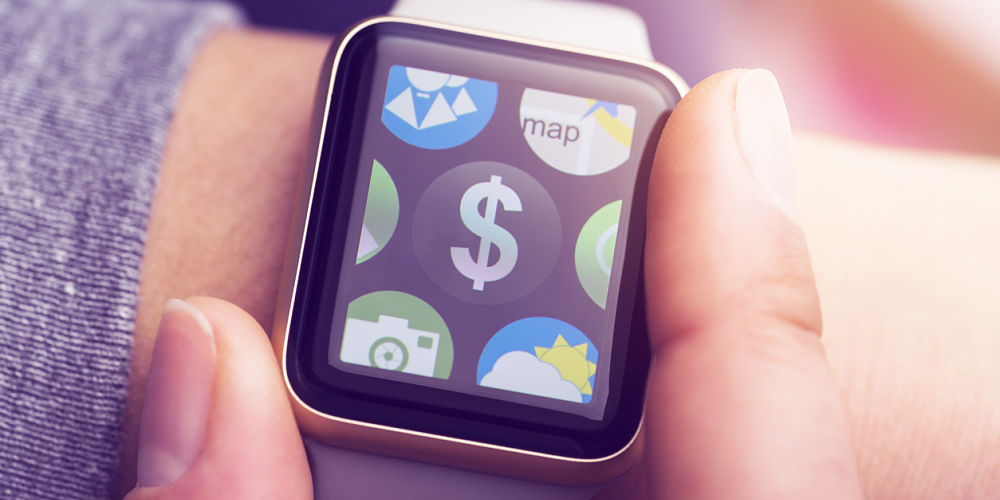As certain as death and taxes, people are going to continue making purchases and payments. However, the ways they complete those transactions are diversifying rapidly, thanks to technology. Recent studies on how people pay have shown that digital payments are becoming increasingly popular while older payment methods are falling into disuse. Understanding emerging payment trends will help investors, business leaders, and entrepreneurs make smart decisions regarding future markets.
Digital Payments Increase Dramatically
The World Payments Report, released in October of 2017 by consultant group Capgemini and bank BNP Paribas, includes a tremendous amount of research and predictions concerning payments. The report’s most notable assertion — one that continues to impact market expectations — states that global digital payments will increase by 10.9 percent through 2020, reaching more than 726 billion transactions.
This astonishing increase in digital payments will be the result of the new payment ecosystem that is emerging for consumers. The growth of Fintech, expectations for value-added services, and most importantly the availability of payments-enabling technologies are strong forces in favor of digital payments.
Undoubtedly, this shift toward digital payments will be beneficial for those in the financial industry. Not only consumers but corporate treasurers are pushing for higher quality end-to-end services — including digital treasury management, which will allow them to automate repetitive tasks and more accurately forecast cash and prevent fraud. Further, banks invested in digital payments can utilize blockchain tech to take advantage of smart contract management and scalable payment platforms for cross-border transactions. By leveraging the right technologies as digital payments increase, many people stand to make more money from less work.
Non-Cash Payments Also Up
The report also determined that non-cash payments continue to increase. From 2014 to 2015, non-cash transactions totaled more than 433 billion; at a growth of 11.2 percent, non-cash payments reached their highest growth in a decade. Most likely, this jump is due to the success of emerging markets in Asia, especially China and Russia. During this period, developing markets increased at a rate of 21.6 percent, while mature markets — such as those in North American and Europe — increased at a much lower rate of 6.8 percent.
While non-cash payments comprise any payment card, debit cards are particularly powerful at pushing away other payment forms, including cash and checks. In fact, debit cards account for 46.7 percent of non-cash payments; credit cards account for just 19.5 percent. As digital payment technologies develop, so too will non-cash payment tech. Experts believe that the future of payment cards is contactless because much of Europe is moving in that direction. In the U.S. payment cards only recently adopted EMV chips, so it may take time for contactless tech to find its way into cards.
Cash Continues
While consumers and corporate treasurers gravitate toward digital and non-cash payment options, cash does not seem to be diminishing in popularity. Though academics, fintech advocates, and others fervently predict the imminent end of cash, the World Payments Report seems to establish that cash’s demise is long off.
Especially for low-value transactions, cash remains the most mainstream means of payment. While Korea, India, and Thailand steadily work to eliminate cash from their countries, physical cash circulation in the U.S. and Europe is growing; for just the $1 US bill, annual growth since 2010 is 3.2 percent — which is much higher than the population growth rate and the inflation rate. Further, this phenomenon is not a result of higher supply than demand, but rather it is driven by consumers’ preference for paper money. Digital and non-cash payments are up, but interest in cash isn’t disappearing anytime soon.
Checks Decrease Steadily
Still, there is one payment method for which death is imminent: Checks. In 2000, more than 40 billion transactions included the use of checks; in 2012, that number was down to 20 billion, and today, check-based transactions have declined to less than 17 billion. Though the rate of decrease has slowed, it does not seem to be stopping.
Checks once held the place that digital payments do now — after World War II, checks were new and exciting, fast and easy, and available to almost everyone. However, compared to non-cash and digital payments, checks are old and boring, not to mention slow and cumbersome. Plus, new digital payment options are replacing many of the reasons to use checks, such as giving money to friends or paying bills. It seems likely that the check will vanish within the next few decades.
What are your thoughts? Share your insights in the comments below and join the conversation.




